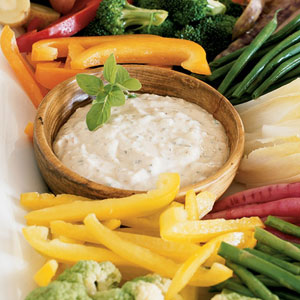In Australia, the incidence of Salmonella Typhimurium has increased dramatically over the past decade. Whole-genome sequencing (WGS) is transforming public health microbiology, but poses challenges for surveillance.
 To compare WGS-based approaches with conventional typing for Salmonella surveillance, we performed concurrent WGS and multilocus variable-number tandem-repeat analysis (MLVA) of Salmonella Typhimurium isolates from the Australian Capital Territory (ACT) for a period of 5 months. We exchanged data via a central shared virtual machine and performed comparative genomic analyses. Epidemiological evidence was integrated with WGS-derived data to identify related isolates and sources of infection, and we compared WGS data for surveillance with findings from MLVA typing.
To compare WGS-based approaches with conventional typing for Salmonella surveillance, we performed concurrent WGS and multilocus variable-number tandem-repeat analysis (MLVA) of Salmonella Typhimurium isolates from the Australian Capital Territory (ACT) for a period of 5 months. We exchanged data via a central shared virtual machine and performed comparative genomic analyses. Epidemiological evidence was integrated with WGS-derived data to identify related isolates and sources of infection, and we compared WGS data for surveillance with findings from MLVA typing.
We found that WGS data combined with epidemiological data linked an additional 9% of isolates to at least one other isolate in the study in contrast to MLVA and epidemiological data, and 19% more isolates than epidemiological data alone. Analysis of risk factors showed that in one WGS-defined cluster, human cases had higher odds of purchasing a single egg brand. While WGS was more sensitive and specific than conventional typing methods, we identified barriers to uptake of genomic surveillance around complexity of reporting of WGS results, timeliness, acceptability, and stability.
In conclusion, WGS offers higher resolution of Salmonella Typhimurium laboratory surveillance than existing methods and can provide further evidence on sources of infection in case and outbreak investigations for public health action. However, there are several challenges that need to be addressed for effective implementation of genomic surveillance in Australia.
Incorporating whole-genome sequencing into public health surveillance: Lessons from prospective sequencing of salmonella typhimurium in Australia
16 January 2018
Foodborne Pathogens and Disease
Laura Ford, Glen Carter, Qinning Wang, Torsten eemann, Vitali Sintchenko, Kathryn Glass, Deborah Williamson, Peter Howard, Mary Valcanis, Cristina Castillo, Michelle Sait, Benjamin Howden, and Martyn Kirk
https://doi.org/10.1089/fpd.2017.2352
http://online.liebertpub.com/doi/abs/10.1089/fpd.2017.2352
